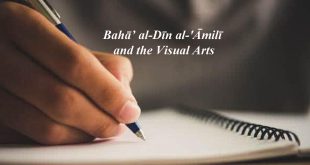By: Ghorbanali Soltani, Omid Sepehri Rad
ABSTRACT
In Islamic civilization, various notions have formed, which were in power in different historical moments. The success of each notion and its social failure could have different reasons and causes, including their intellectual roots. Two groups (Akhbari and Salafi), that are the main components of Shia and Sunni Minorities, – thought not contemporarily – had and (Salafists still) have political power. The essence of these two groups has been investigated from a religious perspective in order to reveal their similarities and differences.
In order to get rid of radical or negligent thought, one should first confess the existence of such perceptions among different Islamic groups and then observe their features in order not to see their development and proliferation again. Avoiding theoretical extremism, which is in itself a factor in practical extremism and violence, is among the objectives of this paper.
Contents:
Comparing the Akhbari and Salafi judgments
A. The development of reason in Shia
B. Akhbarism and reason
C. Salafism and reason
D.Evaluating and analyzing the approach of the two schools versus canonized reason
E.The environmental origins and their effect on rationalism and non-rationalism in the two sects
F.Understanding and interpretation of Quran between the two groups
ISSN: 2090-4274
Journal of Applied Environmental
and Biological Sciences
Department of The history of civilization and Islamic Nations, College of Human science, Bojnord Branch, Islamic Azad University, Bojnord, Iran
 Ijtihad Network Being Wise and Faithful Muslim in the Contemporary World
Ijtihad Network Being Wise and Faithful Muslim in the Contemporary World

